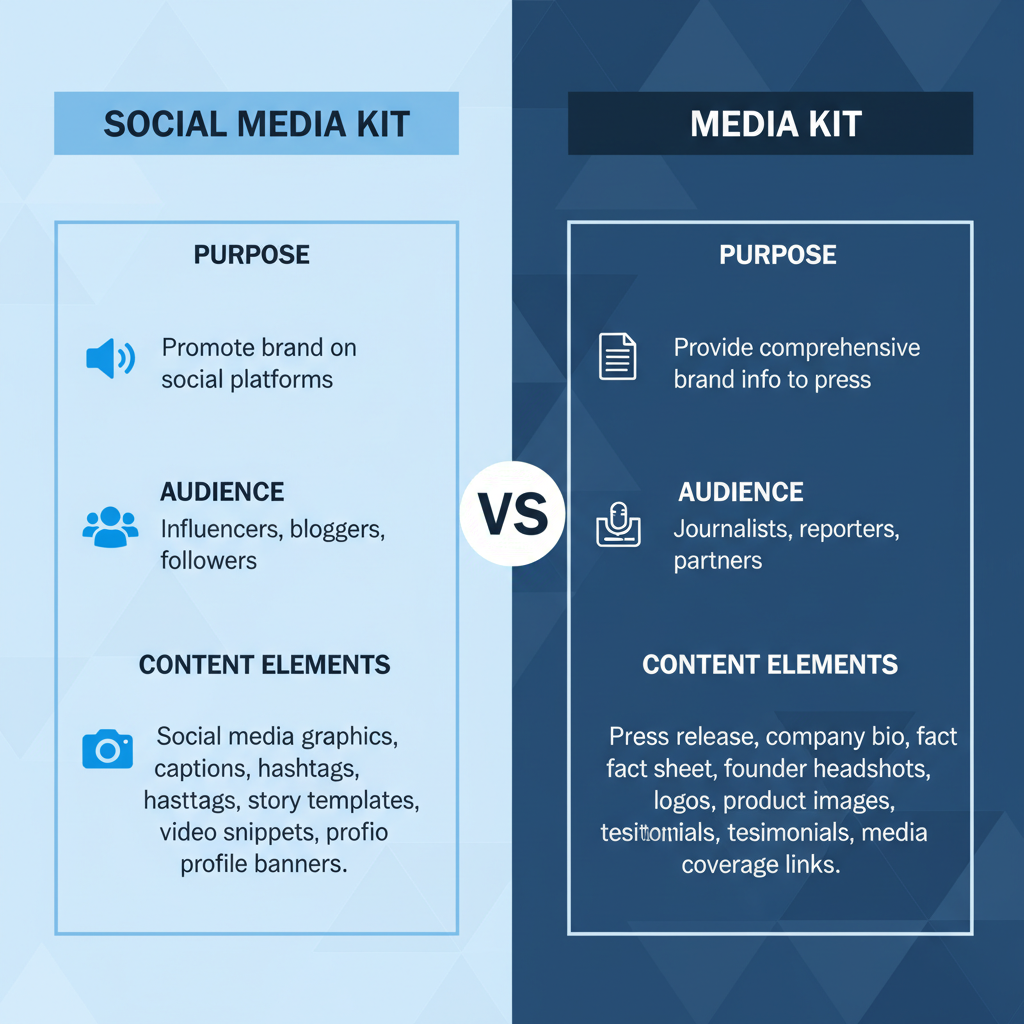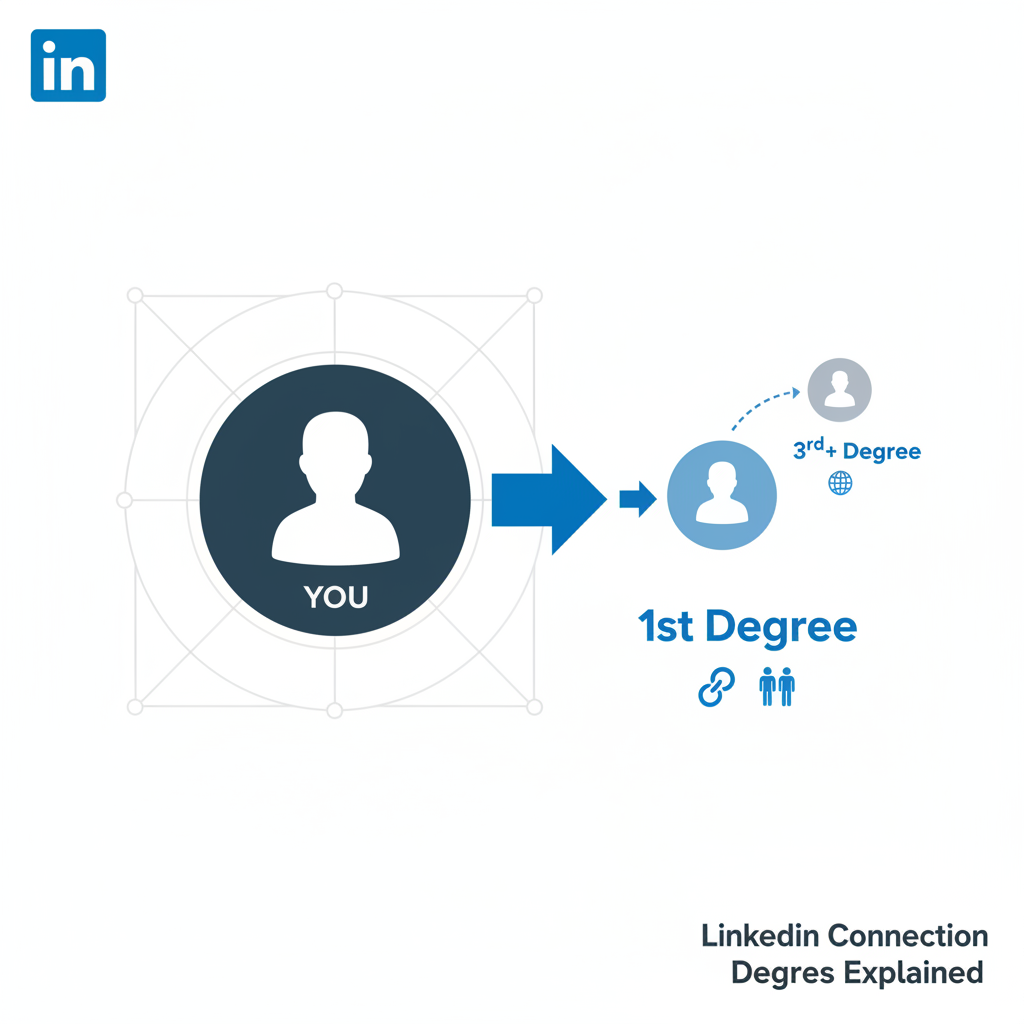What Is a Social Media Kit and How to Create One
Learn what a social media kit is, its key components, and how to create one that boosts your brand, attracts collaborators, and builds credibility.

What Is a Social Media Kit and How to Create One
A social media kit is more than just a PDF with your Instagram handle and follower count — it’s an all-in-one branding resource designed to professionally showcase your online identity. Whether you’re an influencer, brand, or small business, a well-crafted kit can help you attract collaboration opportunities, sponsorships, and media coverage.
In this guide, we’ll explore what is a social media kit, its key components, benefits, differences from a media kit, and step-by-step tips to design one that makes a lasting impression.

---
What Is a Social Media Kit and Its Purpose
At its core, a social media kit is a document (digital or print) that consolidates your brand visuals, key stats, audience insights, and contact information. Its primary purpose is to:
- Showcase your unique value proposition.
- Demonstrate credibility through visuals and performance metrics.
- Provide an easy reference for collaborators to understand you and your brand.
Businesses, influencers, and content creators use social media kits to stand out in competitive industries and make a memorable first impression.
---
Key Components of a Professional Social Media Kit
A robust kit should be visually engaging while remaining fact-driven. Core elements often include:
- Brand identity (logos, typography, and color palettes)
- Profile links and social handles
- Follower statistics across platforms
- Audience demographics (age, gender, location)
- Engagement rates and growth trends
- Notable collaborations or partnerships
- High-quality photos or brand imagery
- Contact details for seamless communication
Example Structure
| Section | Purpose | Suggested Format |
|---|---|---|
| Introduction | Brief brand overview | Short paragraph |
| Brand Assets | Visual identity representation | Logos, color codes, fonts |
| Social Stats | Platform performance data | Charts, tables |
| Audience Insights | Demographics and location | Pie charts, infographics |
| Case Studies | Collaboration examples | Images with captions |
| Contact Information | Easy reach-out details | Email, phone, website |
---
Social Media Kit vs. Media Kit
Although the two terms are often used interchangeably, there is an important distinction:
- Media Kit: A press-facing document covering your brand story, product offerings, press releases, and occasionally social profiles.
- Social Media Kit: Focuses specifically on your social platforms, analytics, audience, and collaboration potential.
Key Distinction
If your media kit is the complete marketing brochure, your social media kit is the dedicated social channel chapter.
---
Benefits for Influencers, Brands, and Small Businesses
Different stakeholders can gain unique advantages from a well-designed kit:
- Influencers: Attract higher-value sponsorships by showcasing reach and engagement data.
- Brands: Present strong social presence during pitches or trade events.
- Small Businesses: Demonstrate competitive relevance and build trust with new audiences.
---
How a Social Media Kit Improves Brand Consistency
Consistency in presentation is vital for recognition. By standardizing visuals and messaging within a kit, you ensure:
- Posts match in tone, style, and aesthetics.
- Collaborators adhere to your brand guidelines.
- Audiences quickly identify your content.
This uniformity boosts credibility and increases purchase intent.

---
Examples of Visual Elements to Include
A social media kit typically contains visual references partners can use, such as:
- Logo variations (horizontal, vertical, icon formats)
- Color codes (HEX, RGB, CMYK)
- Branded post templates for Instagram, Facebook, and Twitter
- Custom icon packs or photography styles
---
Including Analytics and Audience Demographics
Numbers add weight to your pitch — but context makes them compelling. Strengthen your kit with:
- Follower counts for each platform
- Average engagement rates
- Growth trends over recent months
- Audience breakdown: age, gender, location, and interests
> Tip: Authenticity improves when you include real screenshots from native analytics dashboards.
---
Tips for Designing an Effective and Maintainable Kit
An effective social media kit should be both attractive and easy to update.
Consider these tips:
- Use modular layouts — replace stats or visuals without full redesign.
- Adopt a universal format — shareable PDFs or web-based versions.
- Select legible, brand-aligned fonts.
- Avoid clutter — highlight key data.
- Keep a master editable file for fast updates.
---
Tools and Platforms to Create Your Own Kit
You don’t need to be a designer to create a professional kit. Popular tools include:
- Canva — drag-and-drop, brand kits, easy exports
- Adobe Express — sleek, simple templates
- Figma — collaborative design with precision control
- Visme — excellent for data visualizations
- Google Slides — accessible for collaboration and quick edits
---
Presenting Your Kit to Potential Collaborators or Clients
Once your kit is ready, how you present it can influence its impact:
- Email: Attach a PDF under 10 MB with a tailored pitch message.
- Portfolio website: Offer it as a download or interactive slideshow.
- Print or USB: Ideal for in-person networking events.
Always include a personal pitch that explains the mutual value of collaboration.

---
Common Mistakes to Avoid
Steer clear of:
- Overcrowded text or irrelevant imagery
- Low-resolution visuals
- Outdated statistics
- Missing contact details
- Typos or grammar errors
---
Quick Pre-Launch Checklist
Before sharing your kit, make sure:
- Stats updated within 30 days
- High-resolution images and logos
- Clear, consistent formatting
- Prominent contact information
- Engaging yet concise brand description
- Optimized file size for fast loading
---
Summary
Understanding what is a social media kit and creating one gives you a professional branding tool that aligns your identity with measurable results. In a competitive online space, decision-makers expect polished, data-driven presentations.
By crafting a well-balanced kit — equal parts creativity and accuracy — you can win more opportunities, amplify your brand voice, and maintain consistency across platforms. Start working on your social media kit today to elevate your professional image and open the door to valuable partnerships.




